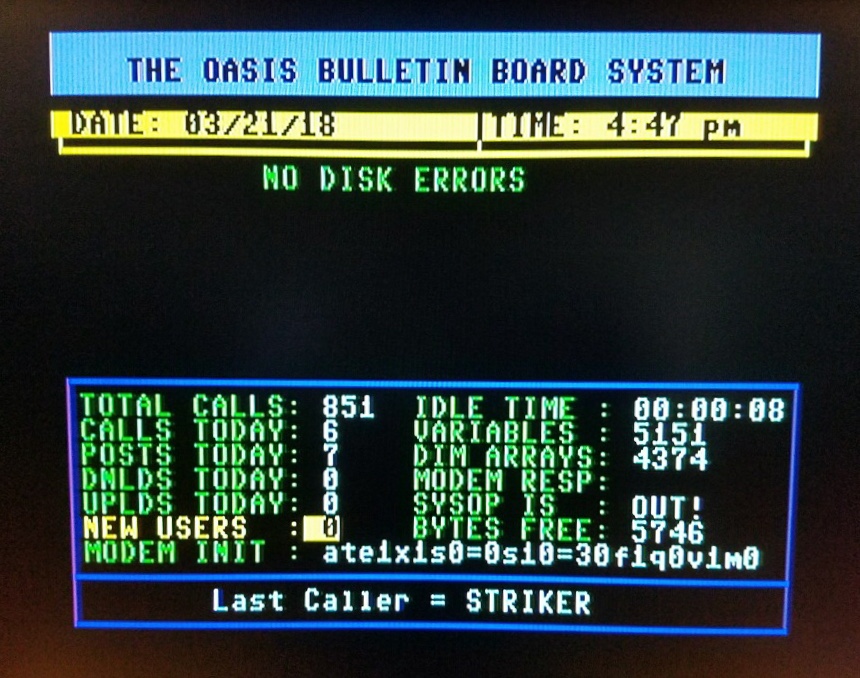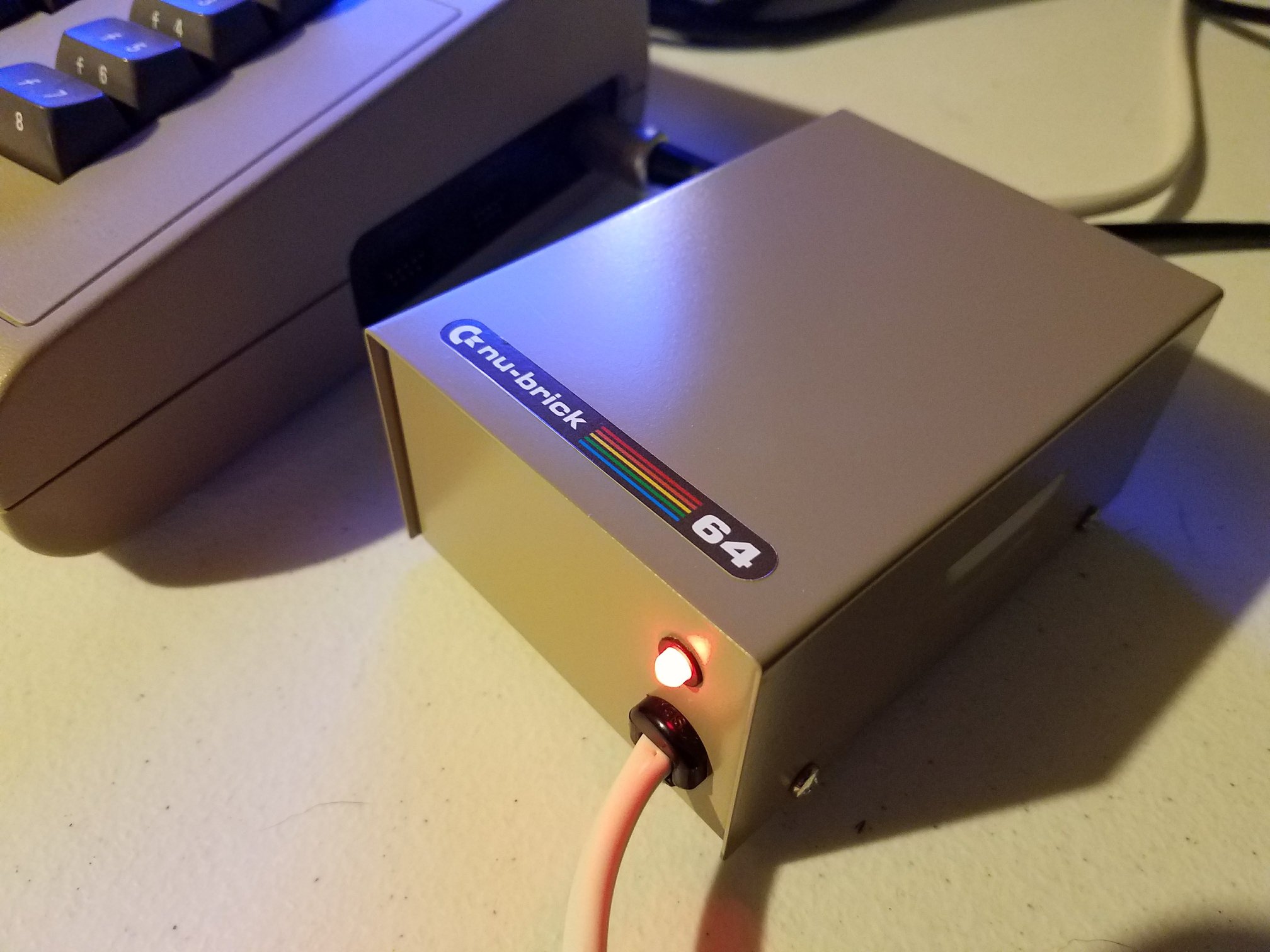In the latest episode from Sayaka’s Digital Attic, the spotlight shines on a subscriber’s damaged C64 board restoration project. The computer arrived in rough shape, with broken PCB sections, lifted traces, and uneven soldering. Both 6526 CIAs had been removed and reinstalled poorly, while corrosion covered several contacts. Sayaka immediately inspects the board under a microscope, realizing that large portions of the motherboard are missing and several joints show signs of prior failed repair attempts.
Assessing and Preparing for Repair
Before she begins, Sayaka carefully evaluates the damage. The keyboard connector has black residue and warped plastic. Several resistors and capacitors show cold solder joints. Even worse, one capacitor was installed backward. The power switch pins had bridged, posing a serious short risk. Because of this, Sayaka decides to stabilize the board first and deal with the missing section later.
She explains that her videos reflect her own experiences, not tutorials, urging viewers to be cautious when working on electronics. To start, she uses flux and solder braid to remove the damaged connector cleanly. After trimming a new 40-pin connector to size, she verifies the contacts with a multimeter, confirming a solid connection before soldering it securely in place.
Restoring the 6526 Chips and Damaged Traces
Once the connector issue is resolved, Sayaka moves on to the C64 board restoration around the 6526 CIAs. The chips reveal corroded pins and uneven solder joints. When she gently cleans the traces, some lift away due to oxidation. Using a multimeter, she identifies open circuits and skillfully rebuilds the missing traces with thin copper wire. Each connection is tested for continuity, ensuring solid electrical contact. Afterward, she installs new sockets to simplify future chip replacements.
Correcting Polarity and Improving Stability
Next, Sayaka replaces the backward capacitor with one of the correct polarity and value. To improve stability, she performs a full recap across the board, swapping out every electrolytic capacitor. She removes the main chips for cleaning, applies fresh thermal paste, and uses compressed air to clear any debris. The power switch receives attention too. After cleaning the pads, she resolders it neatly, removing all signs of bridging and oxidation.
Rebuilding the Missing PCB Section
The most difficult task comes when she repairs the missing corner of the motherboard. Sayaka uses UV resin along with a 3D-printed mold to fill the gap. Once the resin cures under UV light, she rebuilds each trace based on photos and schematics of the same model. To protect her new work, she covers the traces with UV solder mask. After testing them again, every circuit shows proper continuity, confirming that the repair is solid.
Power-On Success and Final Tests
With everything restored, Sayaka reassembles the Commodore 64 and performs the first power-on test. The system immediately starts up, displaying video output correctly. Voltage checks across the CPU and 6526 chips show readings within range. She then tests the keyboard and finds one non-working key caused by a missing spring. After replacing it, the keyboard responds perfectly. Finally, a cartridge test confirms that games load without issue, proving the restoration a success.
Closing Thoughts
Sayaka ends the video with a smile, proud of how this C64 board restoration turned out. What began as a broken, corroded mess has become a fully functional system once again. She encourages viewers to share their own experiences repairing cracked PCBs and promises an update if she discovers new issues later. The transformation highlights her patience, precision, and respect for the hardware that defined an era of computing.







